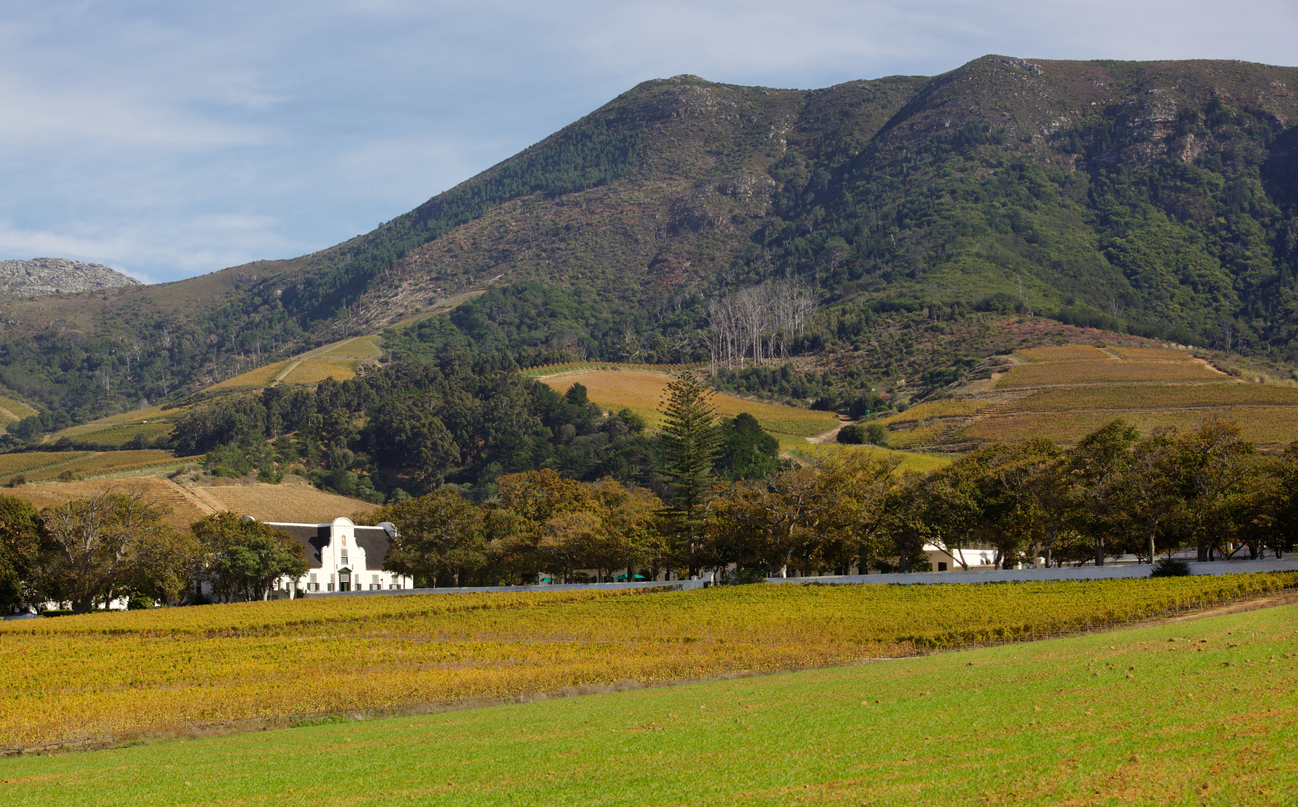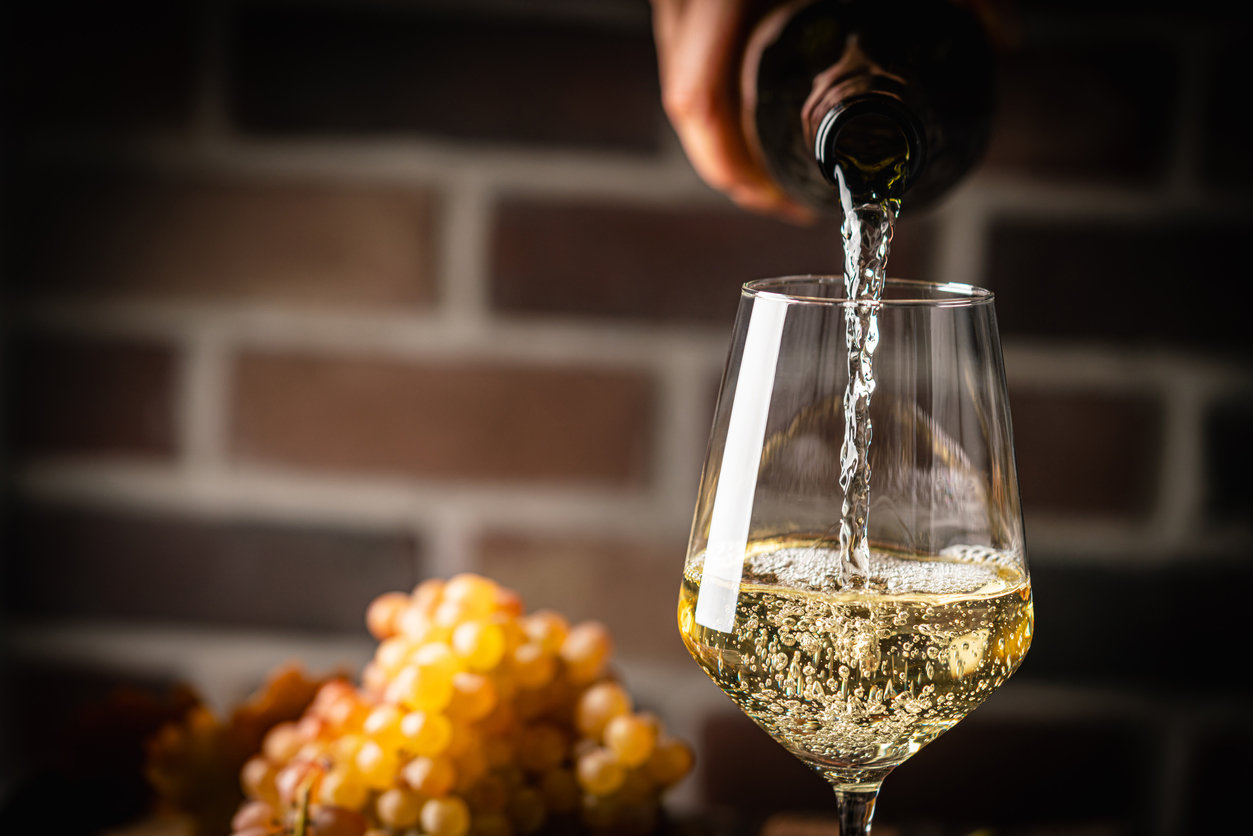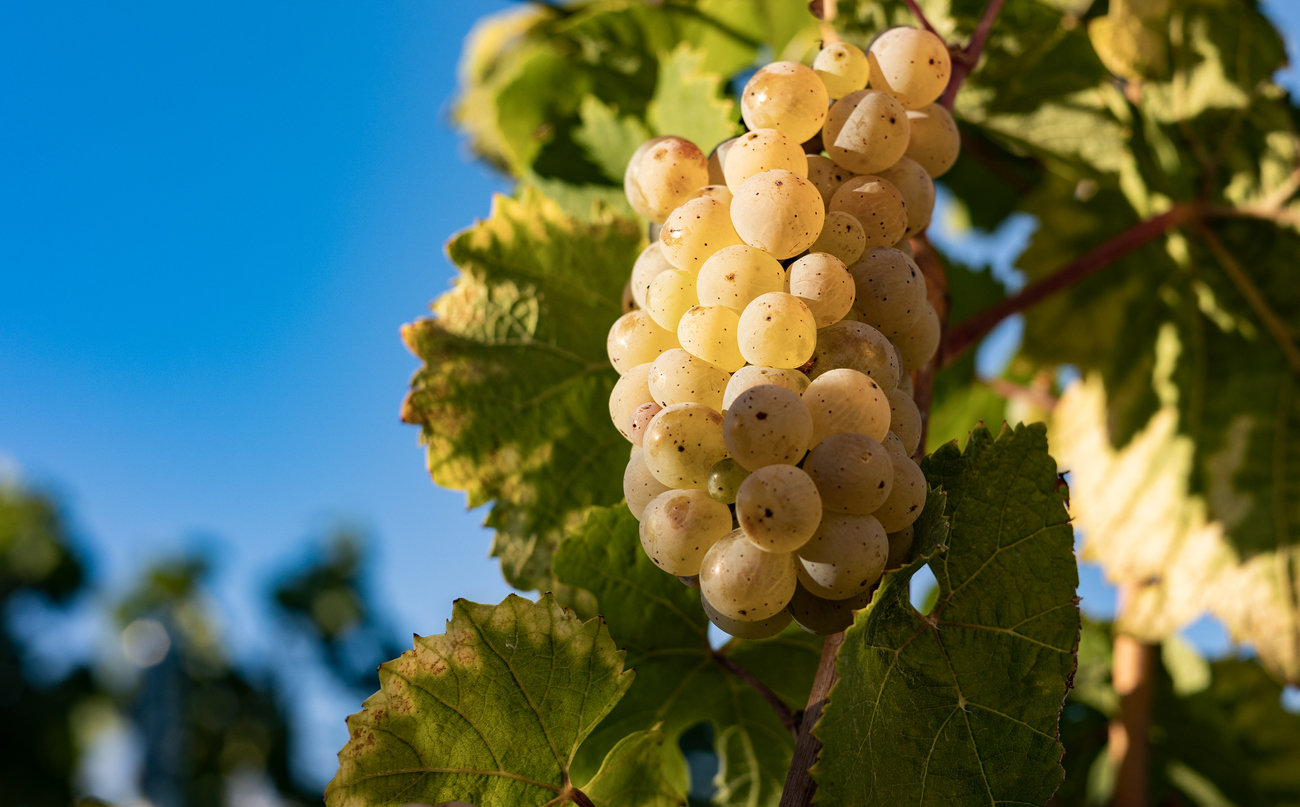CHEERS | WINE

The summer wine
Crisp, zesty and refreshing – that’s sauvignon blanc. But it would be a mistake to think that’s ALL it is. South Africa’s winemakers have worked hard to make this popular and commercially successful wine variety more complex.

In March 2023 the Concours Mondial du Sauvignon, the biggest competition for a single grape variety or wine style of its type, took a leap into the unknown, holding its international competition outside Europe for the first time in its 14 year existence.
The country chosen to host a large group of international wine tasters was not New Zealand as many would have expected, but South Africa. CEO of Concours Mondial du Sauvignon (recently rebranded as the Sauvignon Selection), Quentin Havaux said it was an easy choice to make because of South Africa’s performance over the years in the competition as well as its accessibility from Europe. Overall, a record entry of 1210 sauvignon blancs were tasted by 50 international judges from 20 countries.
As a nation, SA punched well above its weight division: with just 13% of entries (versus the 40% domination of France), it managed 26 gold medals and 30 silvers, as well as an international trophy – for the best wine matured in oak cask. Austria came out tops with 85 medals – 45 gold and 40 silver – followed by France’s Loire region with 77 medals (28 gold, 49 silver).
So what’s the story of South African sauvignon blanc? Precise records don’t exist but it appears that the first planting of the grape variety were at Groot Constantia in or around the 1880s. As the Sauvignon Blanc Association’s website states: “The first commercial sauvignon varietal wine was produced by Verdun (now Asara) in 1977, with Backsberg and De Wetshof entering the fray in 1980. The oldest existing sauvignon vineyards (planted in 1965) can be found at Spice Route’s Klein Amoskuil in the Swartland.”

Love it or hate it, there’s no denying its popularity and consumer appeal. It’s the best selling wine in the local market – with 14.3 million litres in 2022. It also topped the wine export list with 67.7 million litres being shipped abroad last year as well. The interesting thing is just how quickly sauvignon blanc has grown. Local sales doubled between 2009 and 2019! So it’s no surprise that nowadays it is the second most planted grape in the country, red or white, and boasts a 12.2% share of the national vineyard.
What is it that makes it so appealing? The obvious thing is taste. It is crisp, tangy, lip-smackingly delicious and refreshing – and in South Africa’s warm summers that acidity means it pairs well with both food and lifestyle. When it comes to winemaking, as a rule, sauvignon blanc is not messed with. It’s easier to “get” and understand, even as a wine novice. Consumers don’t need to think about whether it is oaked or unoaked, sweet, dry or off-dry. It’s always lemony, zippy and tart.
But things are changing … It used to be that sauvignon blanc should be drunk within the year that it was made. So if Jane Bloggs picked a bottle off the TOPS at SPAR shelf and it stated 2023 as the vintage, by December 31, 2023, that bottle should have been consumed.
This myth or practice has been comprehensively busted and wine lovers can comfortably enjoy sauvignon blanc from 2022 or even 2021 or older, knowing that it will still provide drinking enjoyment as it evolves. It will certainly be changing in character as it matures, it might not be quite so tangy but the acidity and bright flavours will still be present.
This is what the judges of the latest First National Bank Sauvignon Blanc Top 10 competition noticed.* The general quality has taken a big step up and many producers submitted their 2022 wines for consideration in the 2023 competition.

Head of the judging panel, Cape Wine Master Dr Winnie Bowman said this factor alone was worthy of celebration. “Sauvignon blanc drinkers have come to realise that although young sauvignon can be light and vibrant when young, it actually does develop complexity and improves with age – even if it’s just one year.”
Adding heft to the argument is the recent news that the top scoring white wine at the International Wine & Spirit Competition’s judging of South African wines was Bloemendal Kanonberg 2017, a sauvignon blanc and semillon blend which scored 96 points out of a possible 100. The panel of judges said they were surprised and impressed at the freshness of a wine from the 2017 vintage. It’s also not often that a sauvignon is preferred ahead of chardonnay or even chenin blanc!
But it’s not just that aspect which impressed the top 10 judges who tasted 169 individual entries over the course of three days. Benguela Cove cellarmaster Johann Fourie and De Grendel winemaker Morgan Steyn both agreed that there was genuine complexity to the wines on the tasting bench.
“You can see that the wine makers have put in a lot of effort,” Fourie said. “There’s evidence of natural fermentation or skin contact rather than just relying on one particular yeast to do the work.” Steyn said he had been impressed by the use of lees. “It adds so much body and texture to the wine,” he said. “So often sauvignon blanc would be criticised for being thin or skinny or sharp – and by allowing the wine to have a month or even two or three on the fine lees, it improves the mouthfeel.” (Lees is the term for dead yeast cells which remain once fermentation is complete.)

The other elements of discussion among judges were around origin of the grapes and the use of oak.
“The wines we tasted which have been oaked have been done so well,” Dr Bowman said. “The producers should really be commended for how seamless and well integrated the oak was. Two or three years ago we would have criticised them because the wood was obvious and stood out, dominating the fruit flavour – but now it’s incredibly harmonious.” This was the result of using older barrels rather than new ones, as well as wood alternatives – such as oak staves within a stainless steel tank.
Fourie is well-known for being an outspoken critic of wines which display too much of the so-called “green” flavours that sauvignon blanc was known for. In the past few years there has been a marked swing away from those typical asparagus, green pea, grass and flint notes towards the tropical spectrum with granadilla, blackcurrant and fig being preferred. “But we must acknowledge that there is a definite terroir element to grapes which are grown in cooler areas,” he said. Darling and the Cape South Coast – places like Elim and Agulhas – are a good few degrees cooler during the growing season than Stellenbosch, for example. As a consequence the fruit expression is in that snapped green bean, asparagus and green pea spectrum naturally. The joy of being aware of these geographic differences is that consumers who appreciate that style, know to look for wines from those particular areas.
Sauvignon blanc has grown in leaps and bounds over the past 20 years to become a commercial success. There’s no sign of the market falling out of love with it any time soon – especially when it becomes more refined and just gets better and better!
(Declaration: * Fiona McDonald, the author of this piece, was one of the judges of the 2023 First National Bank Sauvignon Blanc Top 10 competition.)